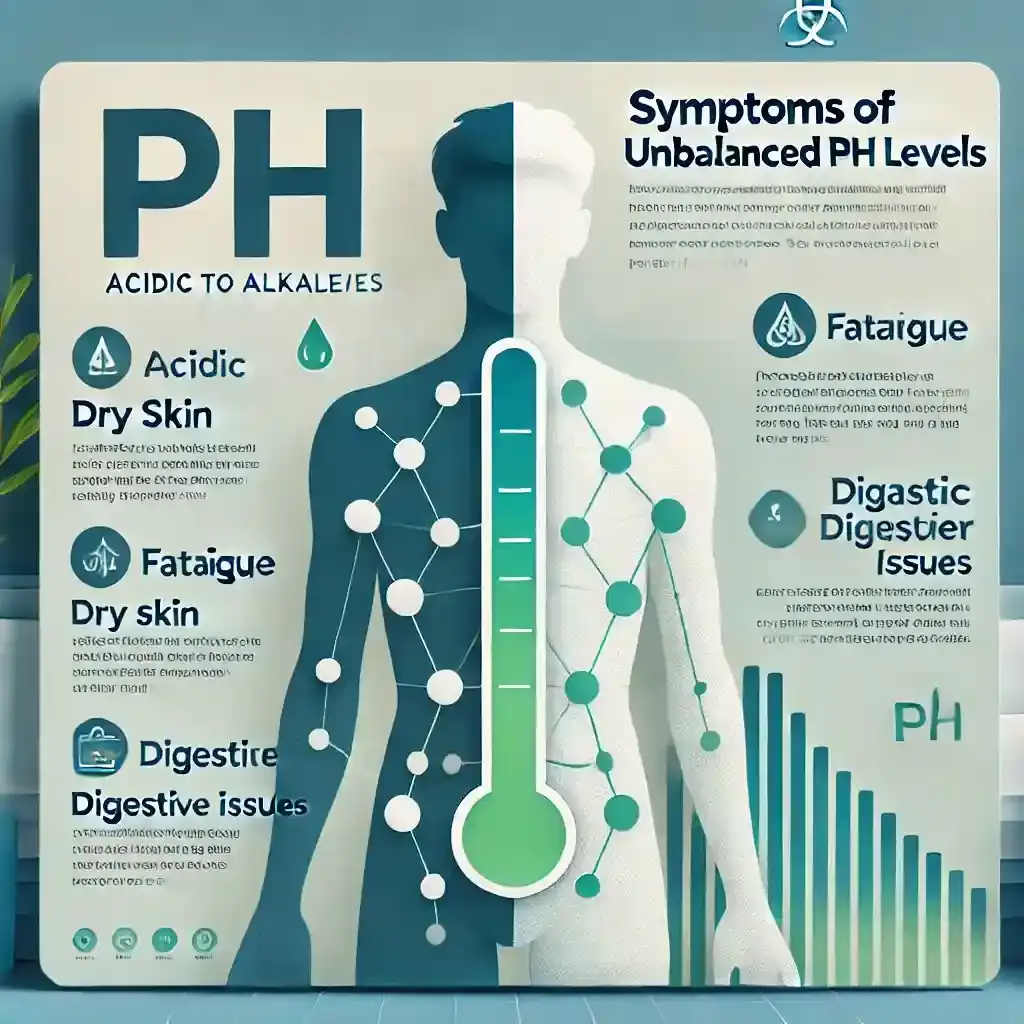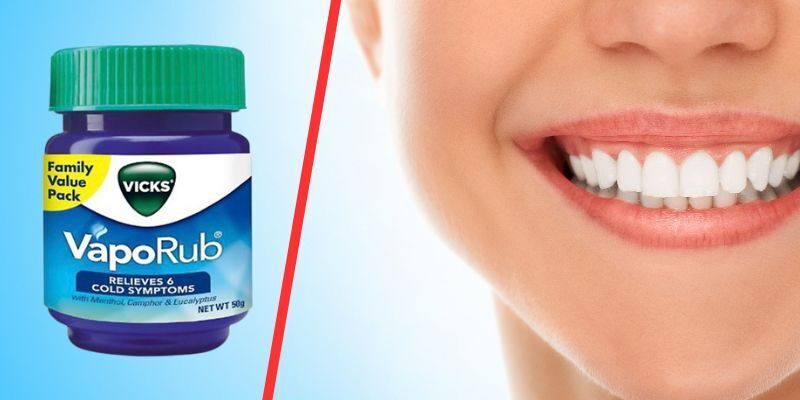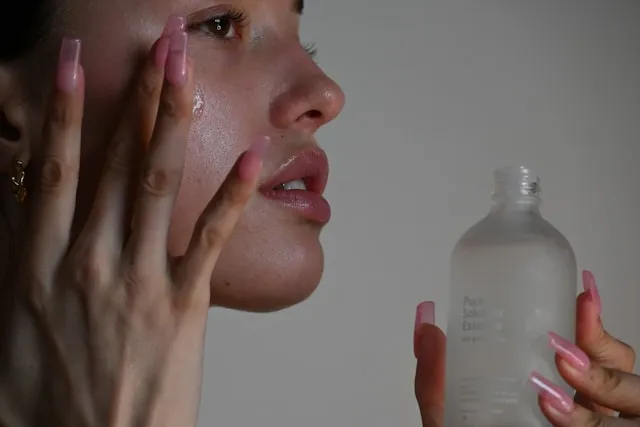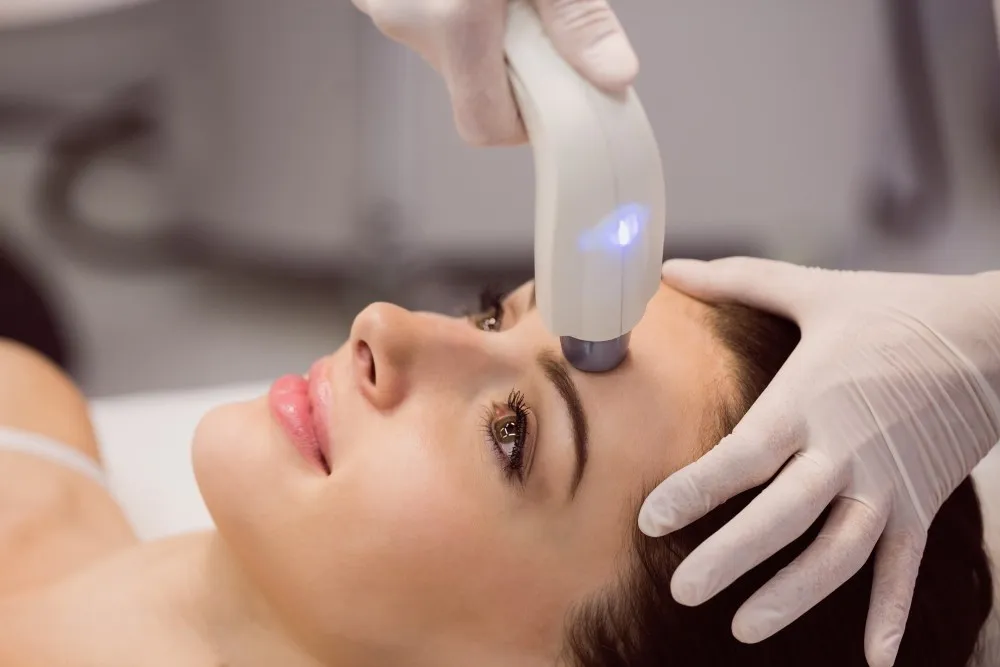|
Peeling starts early, purging follows, then texture begins to smooth. Pores shrink and tone evens out. Tretinoin before and after changes appear slowly but build into real, lasting improvement with time. |
Wondering why your skin looks worse before it gets better? You’re not alone. Tretinoin, a prescription-strength vitamin A derivative, speeds up skin cell turnover. It’s often used for acne, aging, and improving skin texture.
The results can be impressive, but the journey there can get frustrating. This guide breaks down what really happens week by week. From the first flakes to the final glow, here’s what to expect in your tretinoin before and after timeline.
Tretinoin Before and After: Week-by-Week Timeline
Every face is different, but the cycle is often similar. The first signs usually aren’t pretty. Peeling, redness, and maybe breakouts. That’s why understanding the tretinoin results timeline makes it easier to push through. And yes, the glow comes later.
Start with these:
-
Slight redness or raw feeling in week one
-
Tretinoin peeling around the nose, chin, or cheeks
-
Tretinoin skin purge showing up as breakouts in the usual problem zones
-
Improvements around weeks 5 to 8
-
Clearer skin tone and fewer spots by month 3
Topical tretinoin remains one of the most widely used treatments for acne and photoaging. It consistently shows results for fine lines, uneven tone, and rough texture, even in mild to severe cases.
Also Read: How Retin-A Can Transform Your Skin: Before and After Results
Week-by-Week Tretinoin Timeline
Skin doesn’t change overnight. Give it time, and it will respond. The changes aren't always loud. Often, they’re quiet. But they're there.
Week 1–2: Early Adjustments
This is when the skin reacts to something new. Most users notice:
-
Redness near the mouth
-
Skin feels stretched or warm
-
Tretinoin peeling stages begin
Week 3–4: More Visible Reactions
By now, things may look worse before they get better. Here's what shows:
-
Whiteheads or cysts are popping up in common breakout areas
-
Tretinoin purging becomes more noticeable
-
Skin may feel rough in certain patches
Month 2: Less Chaos, More Progress
Flakes start to settle. Skin doesn’t feel as tight. You may notice:
-
Smaller pores
-
Smoother makeup application
-
Red spots are lighting up
Month 3 and Beyond: Visible Difference
Here, the benefits settle in. Not just on the surface. Deep changes are happening too.
-
Wrinkles and lines may appear softened
-
More even skin tone
-
Overall brightness improves
|
Time Period |
Skin Changes |
Common Effects |
Tips |
|
Week 1–2 |
Redness, tightness |
Peeling, dry spots |
Use a mild cleanser and a thick moisturizer |
|
Week 3–4 |
Purging, small breakouts |
Tretinoin skin purge |
Lower frequency if irritation continues |
|
Month 2 |
Less flaking, smoother skin |
Glow begins to build |
Daily sunscreen, avoid scrubs |
|
Month 3+ |
Even tone, refined texture |
Tretinoin transformation |
Maintain 3× weekly use |
|
Month 6+ |
Visible line reduction, balanced tone |
Tretinoin cream results |
Continue nightly use for lasting effect |
A 2025 study compared 0.025% tretinoin cream to higher-strength retinol peels. The tretinoin group showed better long-term changes in photoaging signs like skin roughness and wrinkles.
A 2025 study compared 0.025% tretinoin cream to higher-strength retinol peels. The tretinoin group showed better long-term changes in photoaging signs like skin roughness and wrinkles.
Tretinoin Peeling Stages and How to Care for Your Skin
Peeling isn’t failure. It means your skin is moving faster than it was before. Dead skin doesn’t stand a chance. That’s part of how tretinoin before and after wrinkles gets its story.
Why You Peel
-
Skin turnover is faster than usual
-
Old skin sheds quickly
What It Might Feel Like
-
Tightness when you smile
-
Fine flaking, especially after cleansing
Ways to Manage
-
Moisturize before and after applying tretinoin
-
Use less on nights when skin feels too sore
-
Skip exfoliating products for the first month
This stage might look worse in photos, but that’s not the end. It’s one of the most common parts of the tretinoin skincare routine for beginners.
Tretinoin Purging Stages: How Long It Really Lasts
Tretinoin purging often shows up in the first few weeks. Most people notice breakouts between week two and week six. If it lasts longer than eight weeks, it could be a sign your skin is irritated rather than adjusting. That’s when it helps to cut back on how often you use it.
Try applying it every third night instead of daily. Watch how your skin reacts. Everyone's skin is different. Some people purge harder than others, especially if their pores were clogged to begin with. Keep your routine gentle, use sunscreen daily, and give your skin space to adjust slowly.
Tips for Getting Through the Tretinoin Journey Without Giving Up
It’s not easy, especially when results feel slow. But certain routines help.
1. Ease Into It
-
Start with a low concentration
-
Apply 2-3 times a week
2. Protect Your Barrier
-
Stick to gentle cleansers
-
Use thick moisturizers at night
3. Watch Your Routine
-
Avoid harsh scrubs or masks
-
Always apply sunscreen in the morning
4. Adopt Helpful Habits
-
Wait 15 minutes after washing before applying
-
Let the skin dry completely
-
Dab it on, don’t smear like lotion
It’s okay to skip a night or two. Tretinoin results after 6 weeks might still be minimal. But that doesn’t mean it’s not working.
Tretinoin Results for Acne, Wrinkles, and Dark Spots
Every skin goal responds differently. For acne, most users notice fewer clogged pores and a smoother texture by month three. The tretinoin before and after acne difference shows smaller bumps, less oil, and fewer flare-ups once the purge clears. When used for anti-ageing, tretinoin before and after wrinkles studies prove that fine lines soften around the 12-week mark. This happens as new collagen forms beneath the skin surface, slowly tightening the texture.
For uneven tone or marks, tretinoin before and after hyperpigmentation changes takes a little longer. Dark spots lighten as older cells shed faster.
Dermatologists often suggest starting with tretinoin 0.025 or 0.05 cream and applying it two or three nights a week. Over time, the skin learns to tolerate it, and results build steadily. The overall tretinoin results timeline depends on your history and consistency, but by month 3, you’ll likely see your first real glow. The difference between before and after pictures often speaks louder than any review.
Final Thoughts
Tretinoin before and after progress doesn’t happen in one week. It takes layers of time, patience, and sticking with the plan. Skin might flake or break out in the beginning. That’s expected. Some stop too soon, just before results begin. It happens often. The real shift comes after weeks of keeping it simple.
You may not notice it until you look back. But eventually, your skin clears, softens, and evens out. Wrinkles fade a bit. The skin tone looks brighter. The timeline feels long while you're in it. But when results arrive, they stay. That’s what makes the tretinoin skincare journey worth it.
Frequently Asked Questions
Do I need to use tretinoin forever once I start?
No, you don’t have to. Some people use tretinoin for years, others stop when results hold. It's a personal choice based on how your skin responds.
Will tretinoin make my skin worse before it gets better?
Yes, some people experience what's known as the "tretinoin purge" during the first few weeks where acne and texture might temporarily worsen as your skin adjusts. Stick with it, as this phase is temporary.
How long does it take to see results from tretinoin?
The tretinoin results timeline is slow but steady. Small changes show up around 6 to 8 weeks. By month three, the skin looks smoother and pores smaller. For wrinkles or pigmentation, real tretinoin before and after results may take 4 to 6 months.
Can I use tretinoin for hyperpigmentation?
Yes. Tretinoin before and after hyperpigmentation photos show visible fading of dark spots. It speeds up cell turnover, helping remove dull and uneven layers. Combine it with sunscreen daily to stop new marks from forming.
Can everyone use tretinoin?
While many people can benefit from tretinoin, it's not suitable for everyone. It's not recommended for those who are pregnant, breastfeeding, or have certain skin conditions. Always consult with a professional to see if it's right for you.
How often should I use tretinoin?
Start slow. Most dermatologists suggest using tretinoin cream two or three nights a week. Once your skin adjusts, move to alternate nights. Using it daily from day one can cause more peeling and irritation.
Can I wear makeup while using tretinoin?
Yes, just be careful. Let tretinoin sink in first, then moisturize before applying makeup. Pick non-comedogenic products that won’t clog pores or dry your skin out.
Is it normal to feel burning or stinging?
Yes, during early use. A little sting is common. But if it keeps burning or skin turns red and hot, cut back or pause until skin calms down.
When should I apply tretinoin, before or after moisturizer?
You can do both. Applying it after moisturizer (or sandwiching) can help ease dryness without reducing its benefits.
Does tretinoin thin the skin over time?
It doesn’t thin the skin. Instead, it thickens deeper layers over months by helping skin rebuild collagen steadily.
Does tretinoin really work?
Yes. Clinical studies covering four decades show clear improvement in acne, lines, and uneven tone. Long-term users see a visible before-and-after difference as skin texture and glow improve month by month.
Is tretinoin available over the counter in the US?
No. In the United States, tretinoin is prescription-only. It’s best to consult a dermatologist or licensed tele-derm service for proper guidance before use.
What happens if I stop using tretinoin?
If you stop, your skin gradually returns to its old rhythm. Some continue with a twice-weekly routine using lower strength to keep collagen levels and clarity steady.
-User-1754380331.png)
Reviewed by







